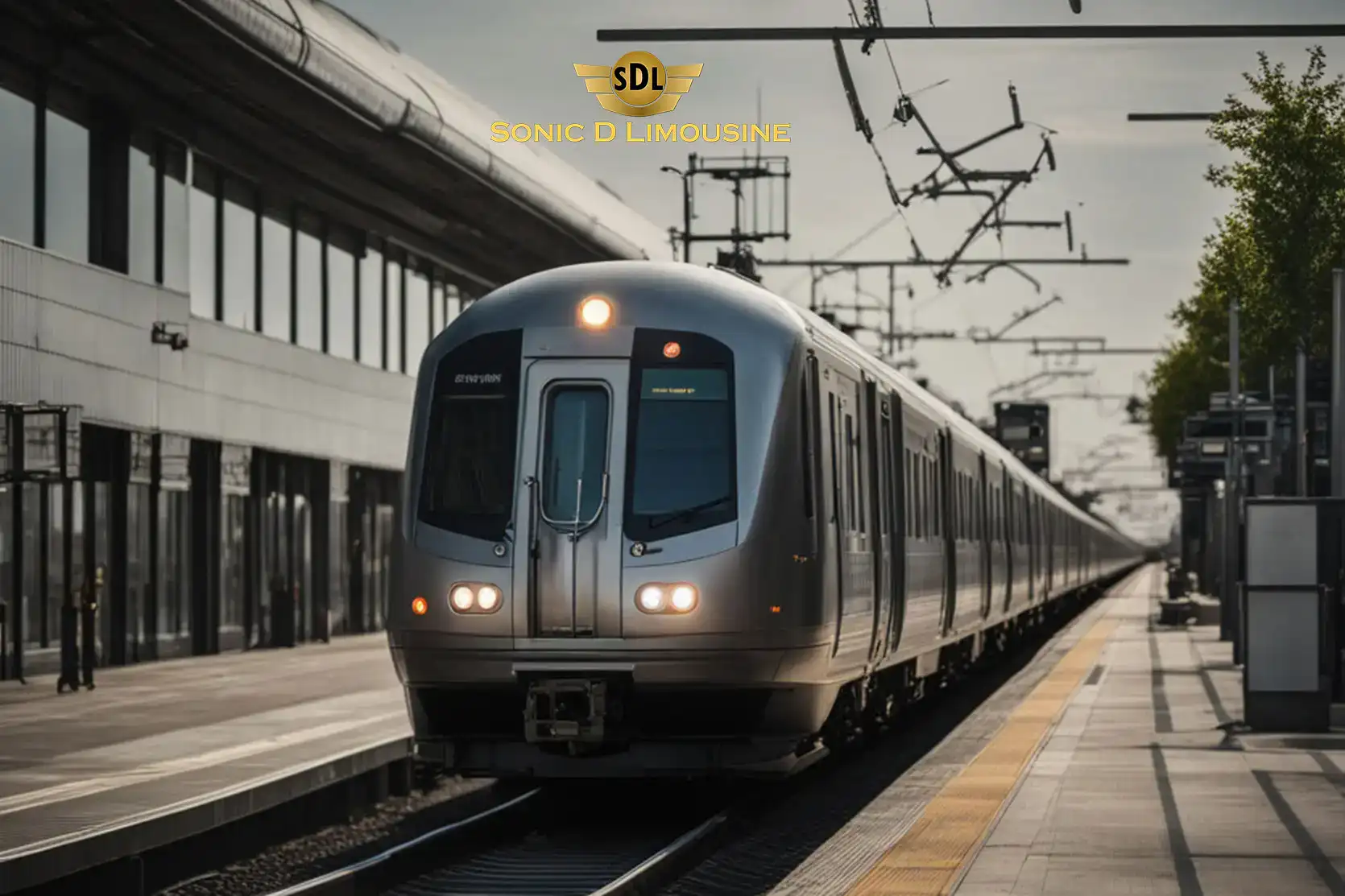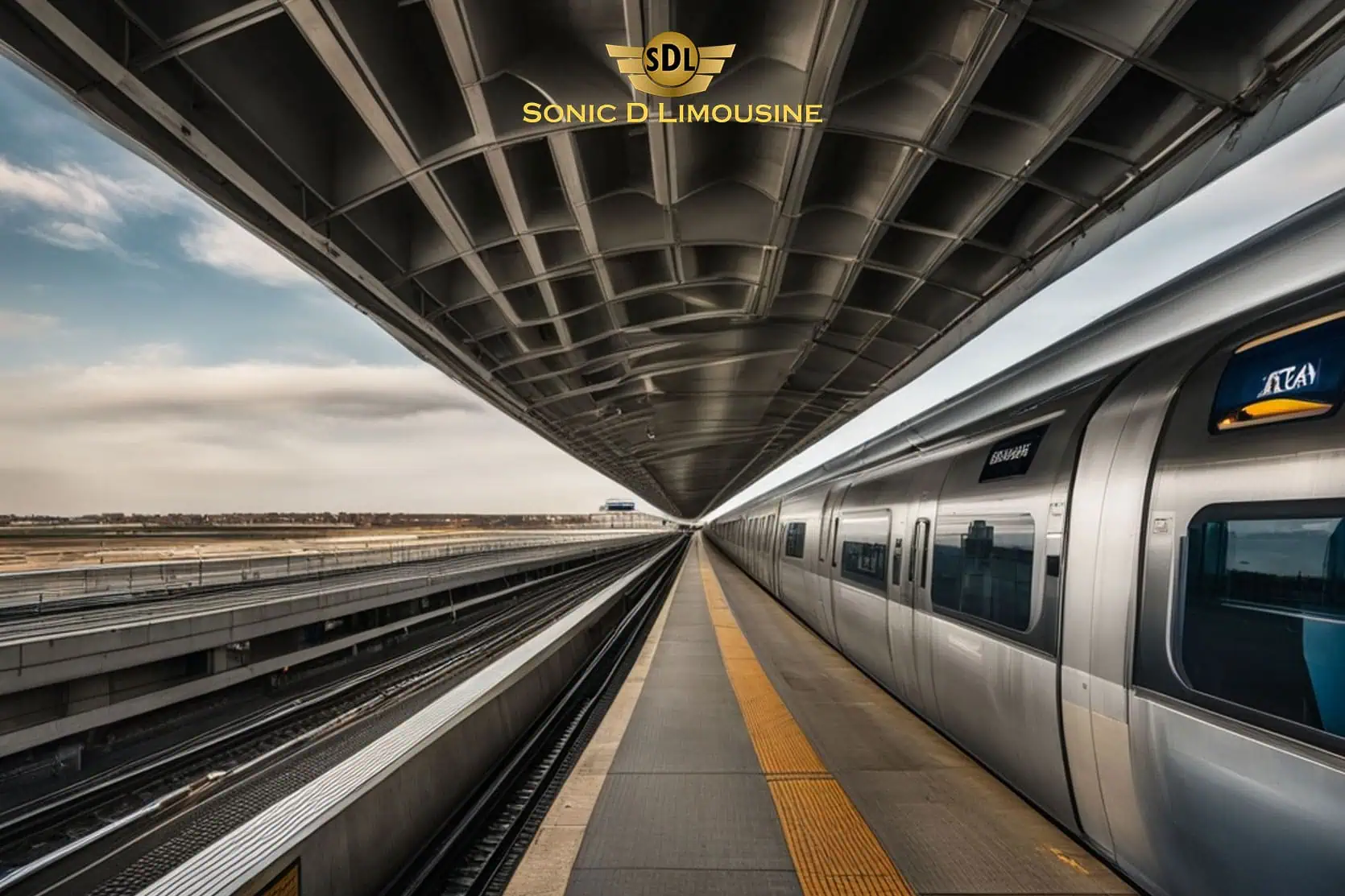Navigating the New Jersey PATH Train Rail System can be a daunting task for newcomers and seasoned commuters alike. This article is your ultimate guide to understanding the intricacies of the PATH train, a crucial component of the public transportation network connecting New Jersey and New York. Whether you’re a daily rider or planning your first trip, this comprehensive overview will help you stay on track with everything from fare options to station amenities. Read on to discover how the PATH train can make your commute seamless and efficient.
Article Outline
Understanding the PATH Train: What Is It?
The PATH train is a vital part of the transit system in the United States, providing essential service between New Jersey and New York. Operated by the Port Authority Trans-Hudson Corporation, this rail system connects major hubs like Hoboken, Jersey City, and Newark with Manhattan.
How to Navigate the PATH Stations in New Jersey
Navigating PATH stations, such as Exchange Place and Journal Square, can be straightforward once you understand the layout. We’ll explore key stations and provide tips on how to efficiently move through them.
What Are the Fare Options for the PATH Train?
Understanding fare options is crucial for any PATH rider. From single ride tickets to SmartLink cards and the new contactless Total Access PATH Payment (TAPP) system, we’ll break down your choices.
How Does the PATH Train Connect New Jersey and New York?
The PATH train plays a critical role in connecting New Jersey and New York. We’ll examine the routes, including the popular Manhattan to Hoboken line, and how they integrate with other transit systems.
NJ Transit vs. PATH Train: What’s the Difference?
NJ Transit and the PATH train are both essential to New Jersey’s public transportation. We’ll compare these two systems to help you decide which is best for your needs.
What Are the Key Stops on the PATH Train Route?
Key stops like 33rd Street, Grove Street, and Hoboken are essential for commuters. We’ll explore what each station offers in terms of amenities and connectivity.
How to Use the SmartLink Card on the PATH Train
The SmartLink card is a convenient fare payment system for frequent riders. Learn how to use it effectively and where you can purchase and reload it.
What Are the Recent Investments and Improvements in the PATH System?
Discover the latest investments in the PATH system, including the Path Forward Program, designed to enhance service and reduce delays.
How Does the PATH Train Handle Alerts and Service Updates?
Stay informed about service changes with the PATH train’s alert system. We’ll guide you on where to find real-time updates and how to plan around them.
Future of the PATH Train: What’s Next?
Explore upcoming developments for the PATH train, including potential expansions and technological upgrades that promise to improve the commuter experience.
Understanding the PATH Train: What Is It?
The PATH train is a cornerstone of public transportation for residents of New Jersey and New York. This rail system, operated by the Port Authority Trans-Hudson Corporation, serves as a crucial link between key urban centers. Established in 1962, the PATH train has been a reliable mode of transport for millions, efficiently connecting areas such as Hoboken and Jersey City with Manhattan.
The PATH train is not just a railroad; it is a lifeline for commuters who rely on its punctuality and coverage. As a subsidiary of the Port Authority of New York and New Jersey, it ensures seamless connectivity across the Hudson River, making it a preferred choice for many. Understanding its operation is essential for navigating the bustling transit system in the United States.
How to Navigate the PATH Stations in New Jersey
Navigating PATH stations like Exchange Place and Journal Square can be a breeze with a bit of preparation. Each station is designed to cater to high passenger volumes, with clear signage and convenient access points. Exchange Place, for instance, is a vital junction for those traveling to lower Manhattan, offering quick connections across the Hudson River.
Journal Square, located in Jersey City, serves as a major hub, providing access to various transit options. Familiarizing yourself with the station layouts and amenities, such as vending machines and turnstiles, can significantly enhance your commuting experience. Always check for the next train schedules to ensure timely connections.
What Are the Fare Options for the PATH Train?
The PATH train offers several fare options to accommodate different commuting needs. Single ride tickets are available for occasional travelers, while frequent riders can benefit from the SmartLink card, a convenient fare payment system. The SmartLink card allows for easy reloading and provides discounted fares for regular use.
Recently, the PATH train introduced the Total Access PATH Payment (TAPP) system, a new contactless payment method designed to streamline the fare process. This system is part of the PATH’s ongoing efforts to modernize its services and enhance rider convenience. Understanding these options can help you choose the most cost-effective and efficient way to travel.
How Does the PATH Train Connect New Jersey and New York?
The PATH train is a vital connector between New Jersey and New York, facilitating seamless travel across state lines. With routes extending from Newark to 33rd Street in Manhattan, the PATH train offers direct access to key locations. The service between Hoboken and lower Manhattan is particularly popular, providing a quick and efficient commute.
The PATH train integrates with other transit systems, such as the New York City subway, to offer comprehensive coverage. This integration allows commuters to easily transfer between different modes of transport, enhancing the overall connectivity between New Jersey and New York.
NJ Transit vs. PATH Train: What’s the Difference?
While both NJ Transit and the PATH train are essential components of New Jersey’s public transportation network, they serve different purposes. NJ Transit operates a broader range of services, including buses and trains that cover the entire state and beyond. It is ideal for longer commutes and offers extensive routes.
In contrast, the PATH train focuses on providing rapid transit between New Jersey and New York City. It is particularly suited for those who need to travel quickly between urban centers. Understanding the differences between these systems can help you choose the best option for your travel needs.
What Are the Key Stops on the PATH Train Route?
Key stops on the PATH train route, such as 33rd Street, Grove Street, and Hoboken, are essential for commuters. Each station offers unique amenities and connectivity options. For instance, 33rd Street is a major hub in Manhattan, providing access to shopping, dining, and entertainment.
Grove Street, located in Jersey City, offers convenient connections to local bus services and is a popular stop for those working in the area. Hoboken, with its picturesque waterfront and vibrant community, is a favored destination for both commuters and tourists. Familiarizing yourself with these stops can enhance your travel experience.
How to Use the SmartLink Card on the PATH Train
The SmartLink card is a versatile fare payment option for PATH train riders. It offers the convenience of contactless payment and can be easily reloaded online or at vending machines located at PATH stations. Using the SmartLink card is straightforward; simply tap it at the turnstile to access the platform.
This card is particularly beneficial for frequent riders, as it provides discounted fares and eliminates the need to purchase single ride tickets. Understanding how to use and manage your SmartLink card can streamline your commute and save you money.
What Are the Recent Investments and Improvements in the PATH System?
Recent investments in the PATH system have focused on enhancing service quality and reducing delays. The Path Forward Program, for instance, aims to increase capacity and improve infrastructure. This initiative reflects the Port Authority’s commitment to providing a reliable and efficient transit service.
Improvements include refurbishing stations, upgrading train cars, and implementing advanced signaling systems. These enhancements are designed to accommodate growing passenger numbers and ensure the PATH train remains a top choice for commuters in New Jersey and New York.
How Does the PATH Train Handle Alerts and Service Updates?
Staying informed about service changes is crucial for PATH train riders. The system’s alert feature provides real-time updates on delays, schedule changes, and other important information. Riders can access these updates via the PATH website, mobile app, or social media channels.
By subscribing to alerts, you can receive timely notifications and plan your commute accordingly. This proactive approach helps minimize disruptions and ensures a smoother travel experience, even during peak hours or unexpected events.
Future of the PATH Train: What’s Next?
The future of the PATH train looks promising, with plans for further expansions and technological upgrades. Potential developments include extending service to new areas and integrating with additional transit systems. These initiatives aim to enhance connectivity and provide even greater convenience for riders.
Technological advancements, such as the acceptance of OMNY contactless payments, are also on the horizon, promising to modernize the fare system further. As the PATH train evolves, it will continue to play a pivotal role in connecting New Jersey and New York, meeting the needs of a growing commuter population.
Summary of Key Points
- The PATH train is a critical rail system connecting New Jersey and New York, operated by the Port Authority Trans-Hudson Corporation.
- Key stations include Exchange Place, Journal Square, and 33rd Street, each offering unique amenities and connectivity.
- Fare options range from single ride tickets to SmartLink cards and the new TAPP system.
- The PATH train integrates with other transit systems, enhancing connectivity between New Jersey and New York.
- NJ Transit and the PATH train serve different purposes; understanding their differences can help optimize your commute.
- Recent investments focus on improving service quality and reducing delays, with future plans for expansion and technological upgrades.
- Staying informed about alerts and service updates is crucial for a smooth commuting experience.












































0 Comments